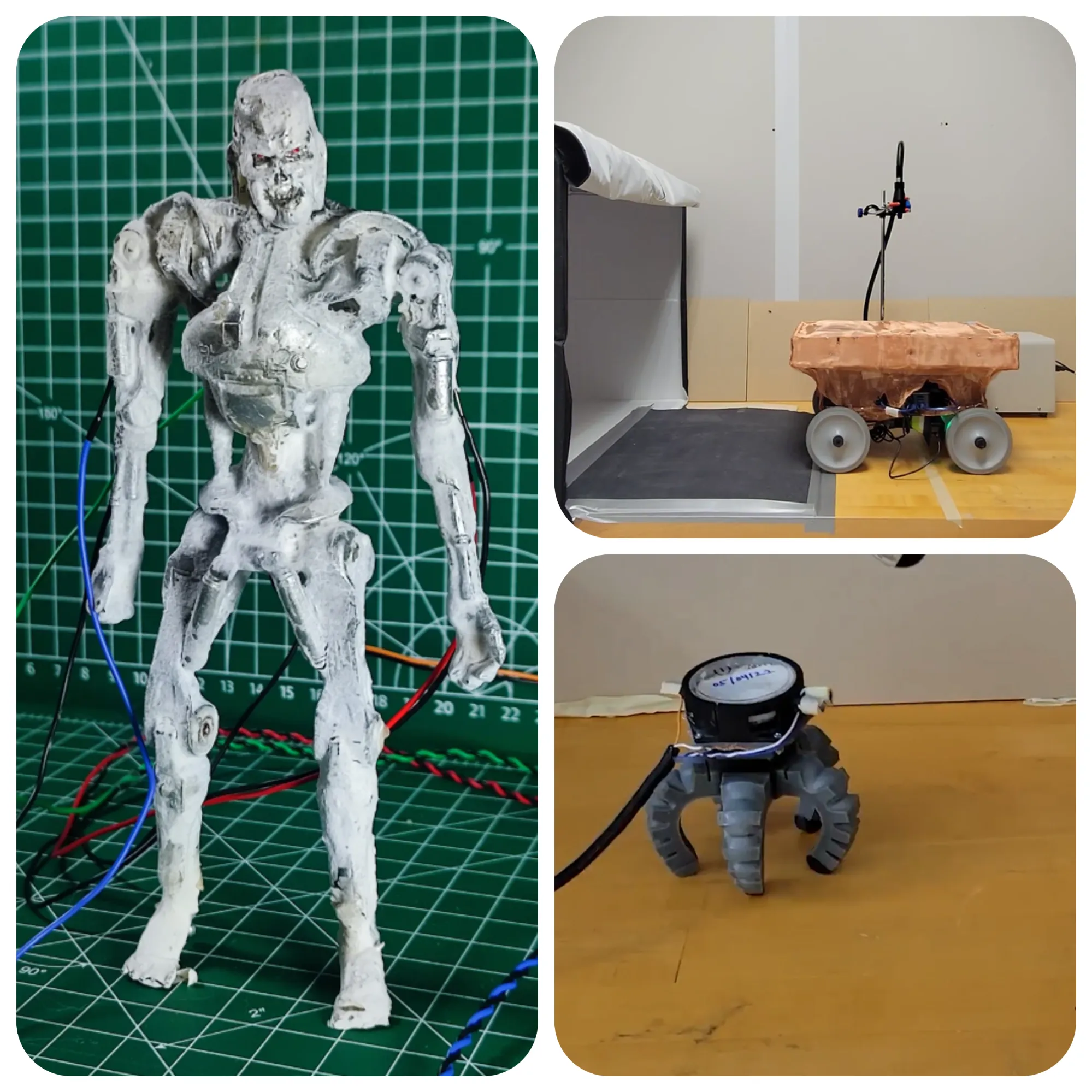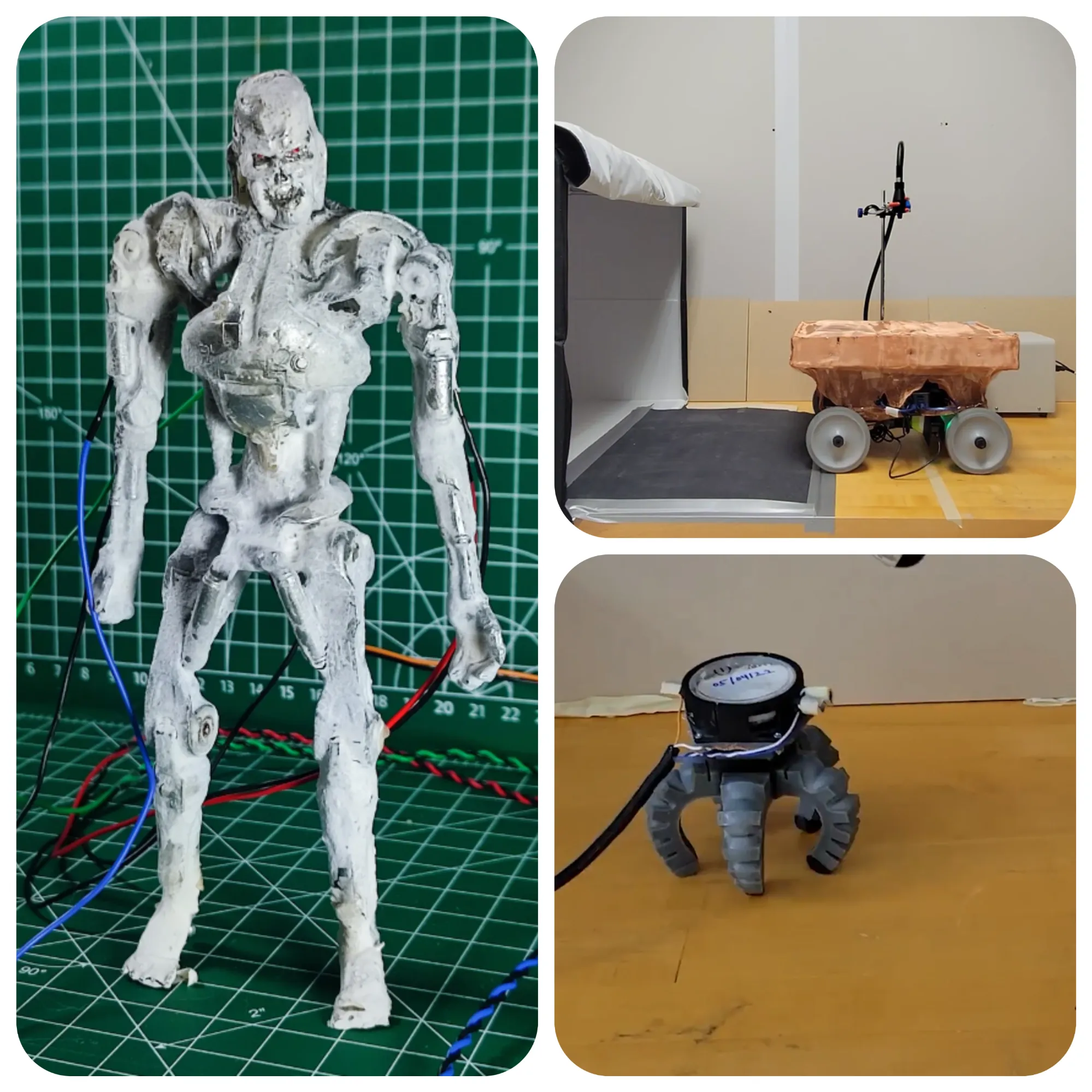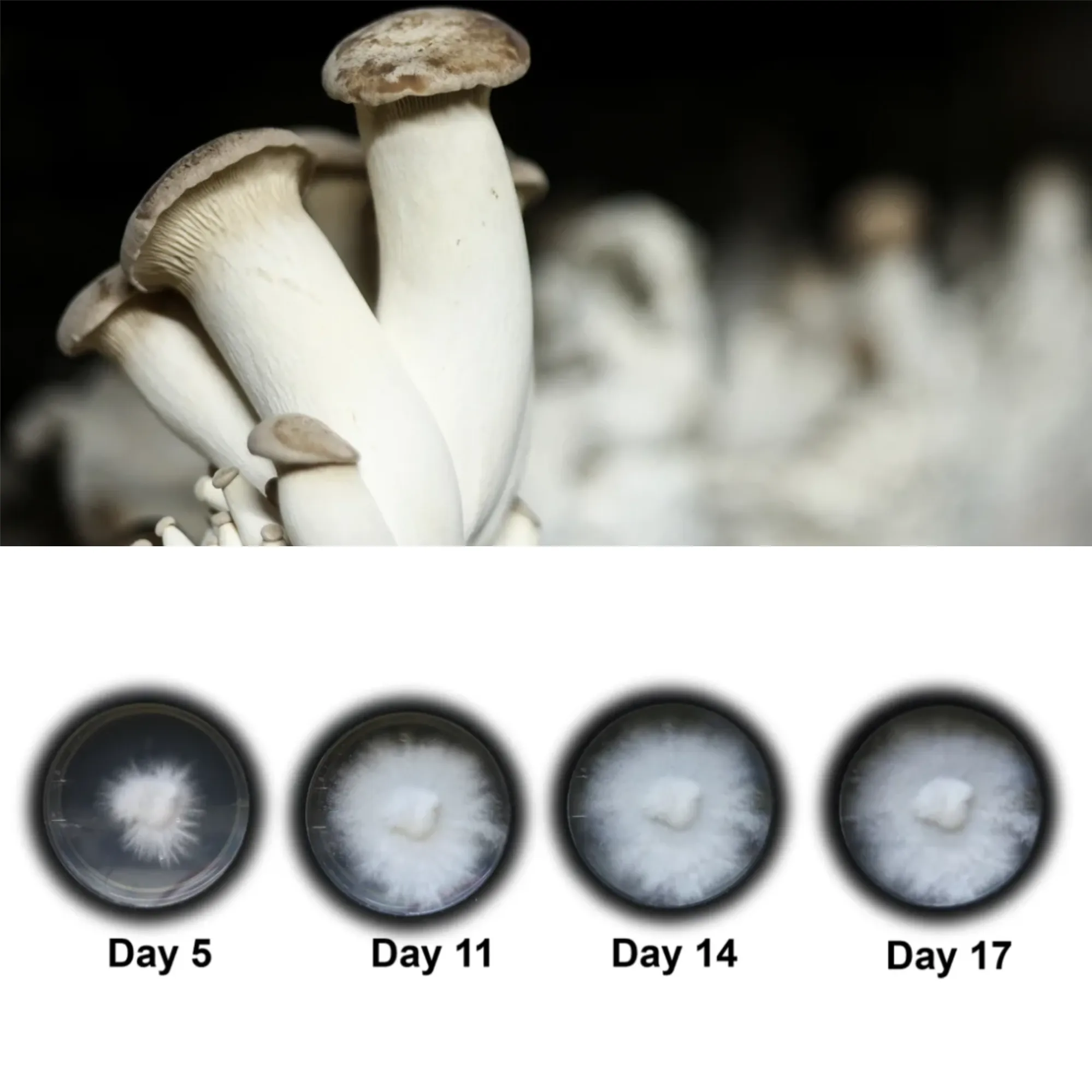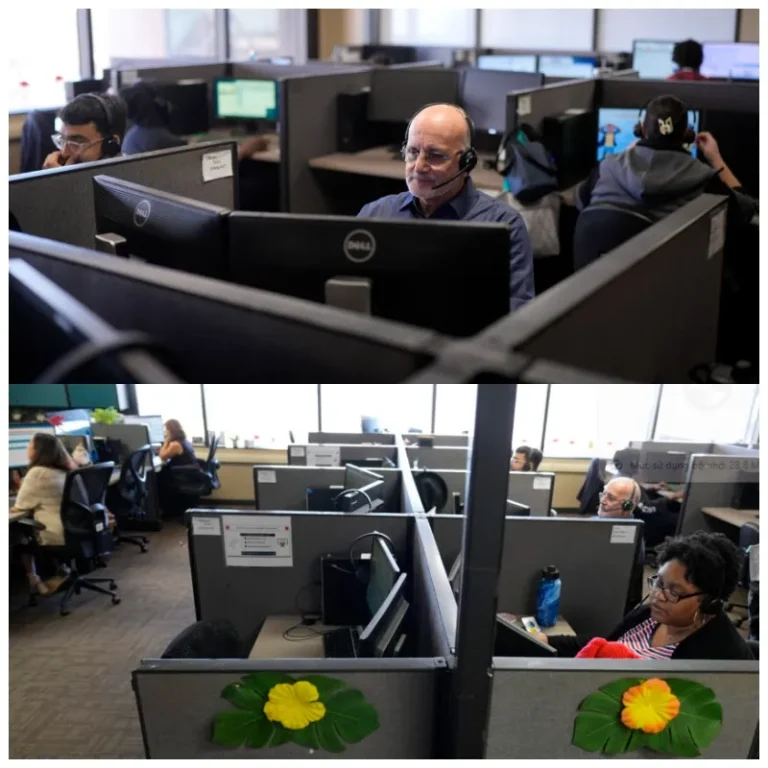
Scientists Create Groundbreaking Biohybrid Robots Combining Fungus and Machine

A team of researchers from Cornell University has engineered a revolutionary type of biohybrid robot that blurs the lines between biology and technology. These robots, powered by the rootlike mycelium of the king oyster mushroom, represent a significant leap in the field of biohybrid robotics—a discipline focused on merging living organisms with mechanical systems to create machines that can sense and respond to their environment in ways that traditional robots cannot.
The Innovation: Fungal-Powered Robots
Unlike conventional robots that rely on electrical power from batteries or plugs, these biohybrid robots are controlled by the natural electrical signals produced by the mycelium. The researchers grew the mycelium into the robot’s hardware, allowing the mushroom’s sensitivity to light to dictate the robot’s movements. For instance, when exposed to ultraviolet light, the robots altered their speed and direction, demonstrating an ability to adapt to their surroundings.
The Potential of Biohybrid Robotics
This innovation is part of a broader effort in biohybrid robotics, a field that seeks to harness the superior sensing and processing abilities of biological systems. According to Robert Shepherd, a senior author of the study and a professor at Cornell University, biology often outperforms artificial systems, and biohybridization offers a way to integrate biological components into machines to enhance their functionality.

Exciting Applications and Future Prospects
The potential applications of these robots are vast. For example, in agriculture, fungi-controlled robots could monitor soil chemistry and make decisions about fertilizer use, potentially reducing environmental impacts such as harmful algal blooms. Beyond agriculture, the adaptability and resilience of fungi could make these robots valuable tools in marine monitoring and exploration.
The creation of these fungal-powered robots also opens up possibilities for other biohybrid devices. For example, researchers have already developed fungal computing devices, including self-healing robot skins that respond to touch and light. These innovations suggest that fungi-controlled technology could play a crucial role in future ecological monitoring and environmental management.
Ethical Considerations and Future Challenges
While the potential of biohybrid robotics is enormous, experts caution that as these technologies become more sophisticated, ethical considerations must be addressed. The introduction of biohybrid robots into natural ecosystems could disrupt existing habitats and challenge the traditional boundaries between life and machine. As Rafael Mestre, a lecturer at the University of Southampton, points out, the long-term implications of releasing such technology into the wild must be carefully considered to avoid unintended consequences.
In summary, the creation of robots that are part fungus and part machine represents a fascinating intersection of biology and technology, with promising applications in agriculture, environmental monitoring, and beyond. As this field continues to evolve, it will be crucial to balance innovation with ethical responsibility to ensure these advancements benefit society and the environment.






